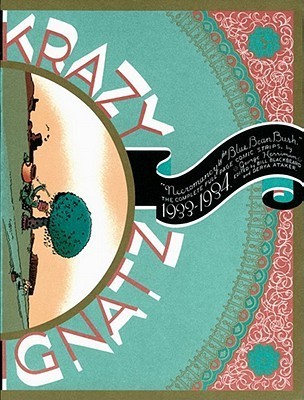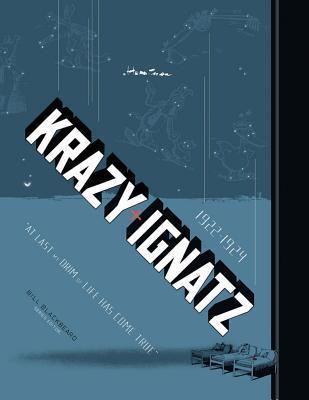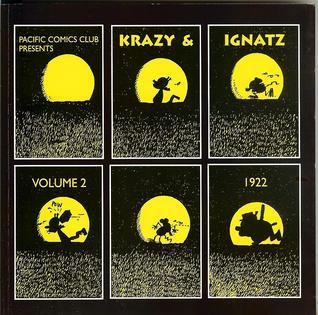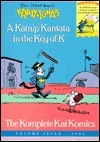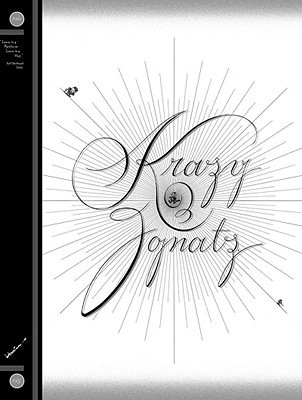
Part of Series
When Fantagraphics launched its collection of Krazy Kat Sunday strips back in 2002, we picked up with the 10th and 11th years of the legendary strip (1925-1926) because another publisher had already collected the first nine during the 1980s and 1990s. But now, with that publisher long gone and their Krazy Kat collections fetching record prices (some over $100!) among collectors, it’s time to go back and get every one of these comic-strip masterpieces back into print—re-scanned and re-retouched from original tearsheets, using 21st century digital resources. Fantagraphics will be collecting these first nine years of Sundays into three volumes comprising three years apiece, starting with this volume: the very first Sundays from 1916 through 1918, and incorporating all the original articles and special features from the first edition, including rare art, series editor Bill Blackbeard’s definitive historical overview “The Kat’s Kreation,” and updated and expanded “DeBaffler” endnotes explaining some of the arcana behind the strip’s jokes. Krazy Kat, with its eternally beguiling love triangle of kat/dog/mouse, its fantastically inventive language, and its haunting, minimalist desert décor, has consistently been rated the best comic strip ever created, and Fantagraphics’ award-winning series one of the best classic comic-strip reprint series ever published. Krazy & Ignatz 1916-1918, the 11th of a projected 13 volumes collecting the entirety of the Sundays, brings us within a brick’s throw of finishing “The Komplete Kat Sundays” once and for all!
Author
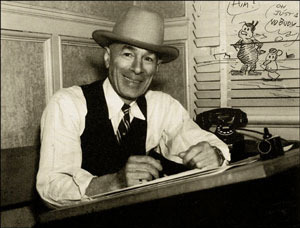
George Herriman was born August 2nd, 1880. He was an African-American cartoonist whose comic strip Krazy Kat has been said by many to be America’s greatest cartoon. Herriman was born in New Orleans, but his Creole family soon moved to California. As a teenager, he contributed drawings to local newspapers. In his early 20s, he moved to New York City and freelanced until newspaper mogul William Randolph Hearst hired him for the New York Evening Journal. During the first decade of the 20th century, Herriman’s first success was called The Family Upstairs. Krazy Kat gained independence on October 28, 1913 as a cartoon character of his own, and ran until George Herriman died in 1944. Krazy Kat never achieved wide popularity among newspaper readers, though it attracted a highbrow following. Fans included Pablo Picasso, Charlie Chaplin, Walt Disney, F. Scott Fitzgerald, Frank Capra, H. L. Mencken, and Ernest Hemingway. Krazy Kat's lengthy tenure owed much to Hearst's personal love of the strip. Acceptance by the cultural mainstream grew after Herriman's death, as Krazy Kat appeared in an animated series by Paramount Studios and even in a novel. Throughout the 20th century, cartoonists have considered Krazy Kat the founding father (or mother) of sophisticated comic strips.
